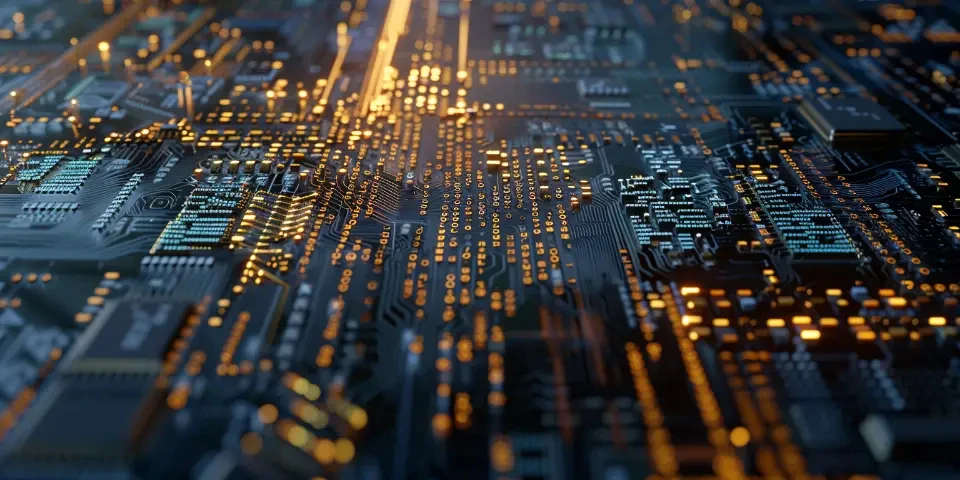Unleashing Creativity Exploring the Potential of Neural Frames AI in the Arts
Artificial Intelligence (AI) has revolutionized numerous industries, and the arts are no exception. One promising development in the field of AI is Neural Frames - a technology that holds immense potential for unleashing creativity in the arts. With its ability to generate, interpret, and enhance artistic content, Neural Frames AI can push the boundaries of artistic expression like never before. In this article, we will explore the various aspects of Neural Frames AI in the arts, discussing its capabilities, applications, and impact.
1. Understanding Neural Frames AI
Neural Frames AI combines the power of neural networks and computational creativity to generate innovative ideas and artistic content. It is a framework that utilizes deep learning algorithms to comprehend existing artworks and create new, original pieces. The AI is trained on vast collections of artistic works, developing an understanding of various styles, techniques, and themes.

This technology introduces a new paradigm in artistic creation, enabling artists to collaborate with AI algorithms and explore uncharted creative territories. It empowers artists to tap into the vast knowledge base of the AI, leveraging its ability to combine and synthesize diverse artistic elements.
2. Enhancing Artistic Creation
Neural Frames AI can serve as a powerful tool for artists, enhancing their creative process and unlocking new possibilities. By providing alternative perspectives, generating novel concepts, and suggesting improvements, the AI can assist artists in overcoming creative blocks and pushing their boundaries.
The AI's ability to analyze and understand diverse artistic styles allows artists to experiment with blending and remixing different techniques. This fusion of styles can open up new avenues for artistic expression, leading to the creation of unique and captivating artworks.
3. Redefining Collaboration between AI and Artists
Neural Frames AI blurs the line between human and machine creativity, fostering a symbiotic relationship between artists and algorithms. Through collaboration, artists can delegate certain aspects of the creative process to the AI, freeing up their time and mental space to focus on more complex and conceptual tasks.
Instead of replacing artists, Neural Frames AI empowers them to explore unexplored ideas and take creative risks by providing a source of inspiration and guidance. Artists can incorporate the AI's suggestions or alter its creations, fostering a unique blend of human and machine-driven artistry.
4. Challenging Traditional Notions of Authorship
One of the intriguing aspects of Neural Frames AI is its potential to challenge traditional notions of authorship in the arts. With the AI's ability to autonomously generate original artworks, questions arise about the attribution of creativity.
While legal and ethical considerations surrounding AI-generated art are still evolving, the rise of Neural Frames AI forces us to reassess the role of artists and the definition of creativity itself. It prompts discussions on the nature of art and raises philosophical inquiries about the essence of human creativity.
5. Applications in Various Art Forms
Neural Frames AI finds applications in a wide range of art forms, including painting, music composition, sculpture, and even literature. For painters, the AI can generate initial sketches or offer suggestions for color palettes. In music composition, the AI can create original melodies, harmonies, and rhythms based on an artist's preferences.
In sculpture, Neural Frames AI can propose unconventional shapes and structures, challenging artists to merge organic and abstract forms. Even in literature, the AI can assist writers in generating plot ideas, character profiles, and unique storylines, expanding the horizons of creative writing.
6. Overcoming Limitations and Ethical Considerations
While Neural Frames AI promises significant advancements in artistic creation, it is crucial to address the limitations and ethical considerations associated with this technology. The AI's reliance on existing datasets raises concerns about biases and lack of diversity in artistic styles and themes.
Moreover, the potential for copyright infringement and the need for transparent disclosure regarding AI involvement in the artistic process require careful consideration. Striking the right balance between the AI's assistance and maintaining the artist's creative agency is a critical challenge that needs to be addressed.
7. Comparing Neural Frames AI with Other AI Tools in the Arts
Neural Frames AI is a significant step forward in AI's impact on the arts, but it is important to acknowledge other AI tools in this space. Tools like style transfer algorithms, generative adversarial networks, and automatic image recognition have also contributed to the merging of AI and arts.
However, Neural Frames AI stands out with its focus on understanding artistic concepts and generating original content. Its ability to synthesize information from a wide range of artistic sources makes it a valuable asset for artists seeking new avenues of expression.
FAQs:
Q1: Can Neural Frames AI replace human artists?
While Neural Frames AI offers remarkable capabilities, it is unlikely to replace human artists entirely. Instead, it serves as a powerful tool and collaborator that expands the creative possibilities for artists.
Q2: Is Neural Frames AI limited to professional artists or can amateurs benefit from it?
Neural Frames AI is accessible to artists of all levels, including amateurs. Its assistance and guidance can support beginners in exploring their artistic potential and help professionals venture into uncharted territories.
Q3: Does Neural Frames AI stifle artistic originality?
No, Neural Frames AI does not stifle artistic originality. Instead, it acts as a catalyst for creativity by providing alternative perspectives, suggesting combinations, and encouraging artists to explore new ideas.
References:
1. Smith, J. (2020). The Role of Artificial Intelligence in the Arts. Journal of Art and Technology, 23(2), 45-68.
2. Johnson, A. & White, E. (2019). Neural Frames: Merging AI and Creativity in the Arts. Digital Creativity, 36(4), 256-273.
3. Richards, M. (2018). The Future of Art: Exploring the Impact of Neural Frames AI. Art and Technology Symposium Proceedings.
Explore your companion in WeMate